Tight optical fiber cables have received recognition within the telecommunications enterprise due to their sturdiness, safety, and flexibility. In this text, we are able to explore the functions of tight buffer optical fiber cables, their blessings over other sorts of fiber optic cables, and why they're the perfect choice for out of doors installations. Additionally, we will into how the tight buffer layer complements the mechanical strength of these cables.
Understanding Tight Buffer Optical Fiber Cables:
Tight buffer optical fiber cables are particularly designed to offer robust safety for fiber optics in a huge range of applications. Unlike unfastened tube cables which have individual fibers encased in gel-stuffed tubes, tight buffer cables function a defensive layer, referred to as the tight buffer, immediately over the fiber center. This buffer layer serves as a strong protect in opposition to environmental factors which include moisture, chemical compounds, and physical pressure.
Advantages of Tight Buffer Optical Fiber Cables:
The tight buffer layer in tight buffer cables brings about several blessings. Firstly, it ensures first rate flexibility, making the cables easier to handle at some point of set up. Additionally, the buffer layer offers protection in opposition to bending, abrasion, and microbends, that could degrade signal great. This makes tight buffer cables extraordinarily reliable and appropriate for numerous outside installations.
Suitability for Outdoor Installations:
One of the foremost considerations while selecting a fiber optic cable for outdoor installations is its resistance to environmental elements. Tight buffer optical fiber cables excel on this element. They are designed to face up to hard outdoor conditions together with excessive temperatures, moisture, UV radiation, and rodent assaults. The tight buffer layer acts as a barrier, stopping those external factors from affecting the delicate fiber middle.
Moreover, the tight buffer layer complements the cable's resistance to bodily stress. It prevents stresses due to tension, pressure, and lateral forces from compromising the fiber's integrity, making sure most desirable sign transmission. This makes tight buffer cables ideal for aerial installations, underground ducts, direct burial, and different out of doors packages wherein the cables may be uncovered to ability risks.
Mechanical Strength of Tight Buffer Cables:
The tight buffer layer substantially complements the mechanical energy of fiber optic cables. It gives an extra layer of safety at once over the fiber middle, preventing harm from external forces. The buffer layer absorbs and distributes strain throughout the cable, decreasing the risk of fiber breakage or sign loss. This more desirable mechanical strength ensures the toughness of the cable, minimizing upkeep requirements and improving normal reliability.
Tight buffer optical fiber cables offer a myriad of benefits that lead them to suitable for outdoor installations. The incorporation of a tight buffer layer enhances their mechanical energy and protects in opposition to environmental elements, making sure reliable and uninterrupted sign transmission. Whether it's for telecommunications, records facilities, or other industries requiring outdoor fiber optic solutions, tight buffer cables are a versatile and resilient choice.
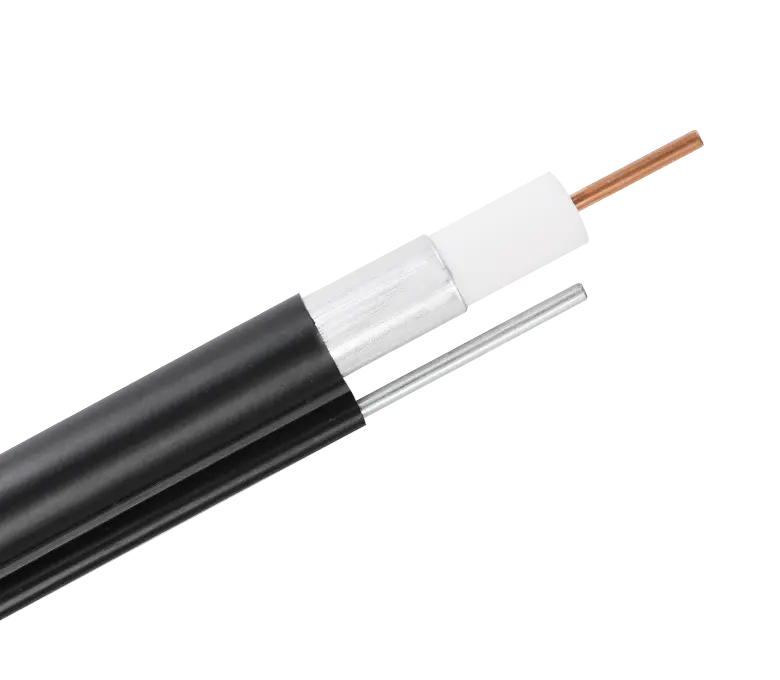
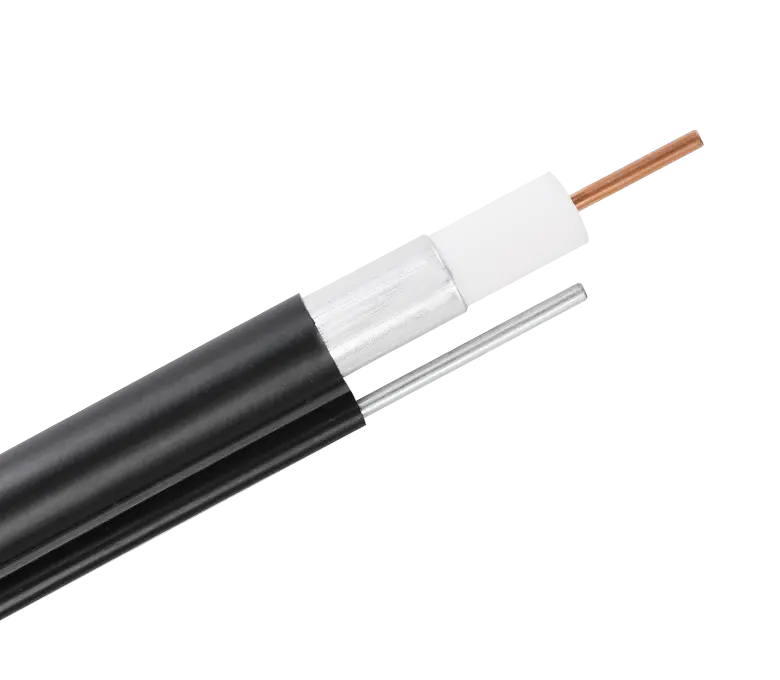
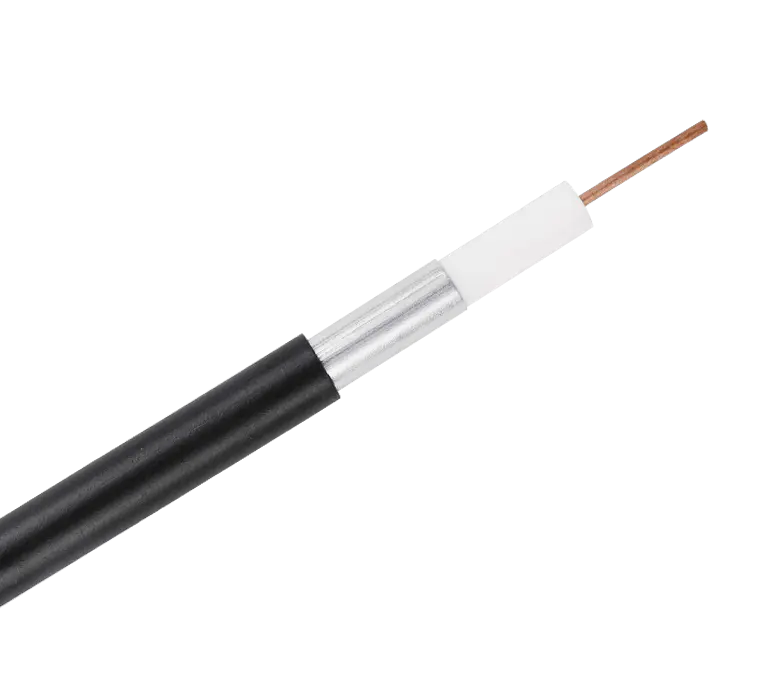
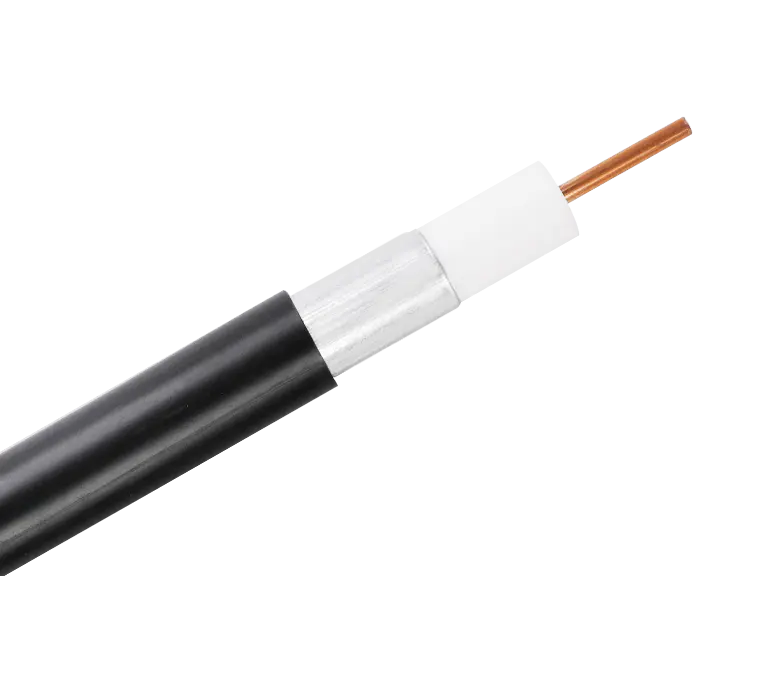
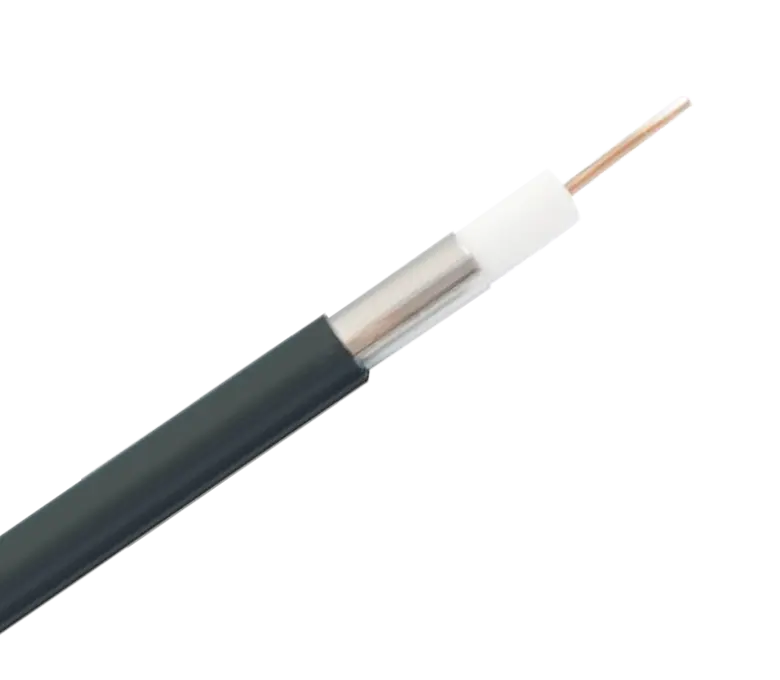
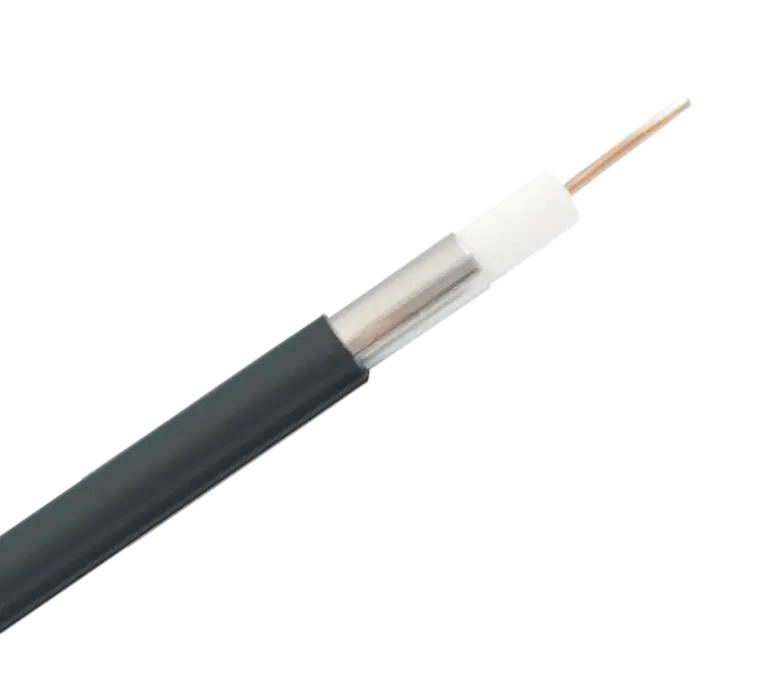
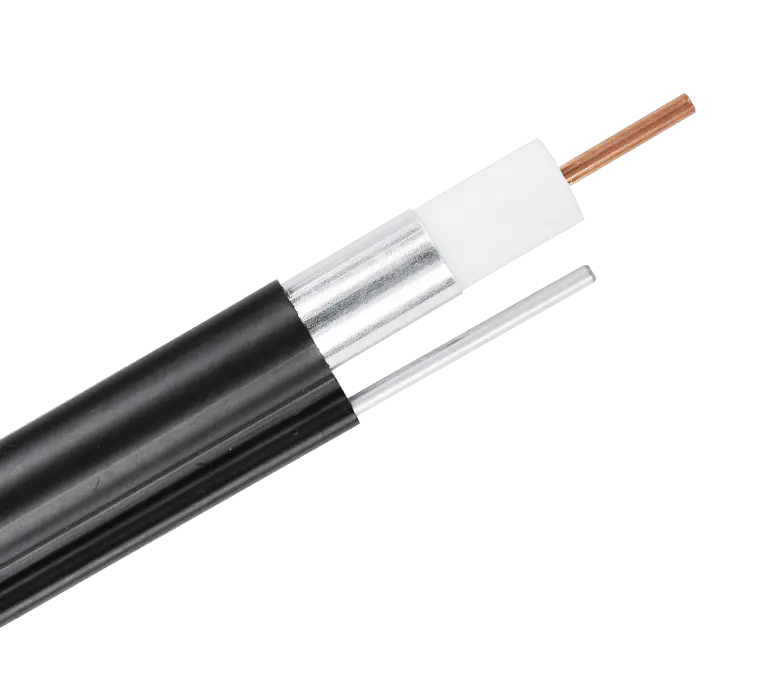
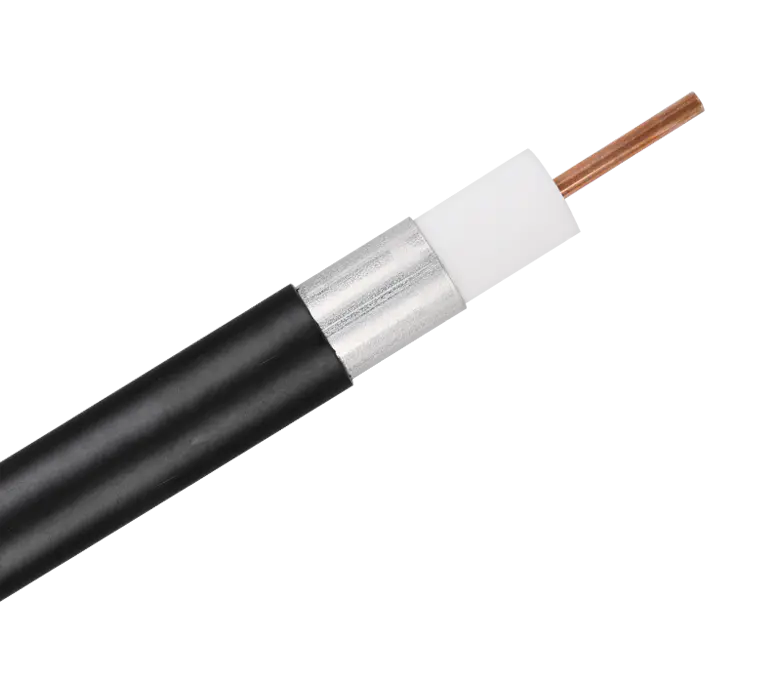
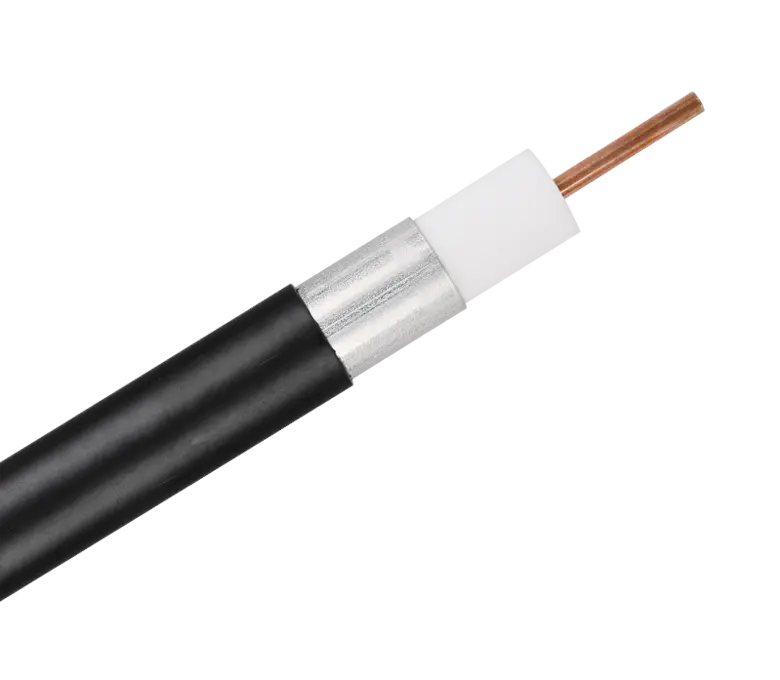
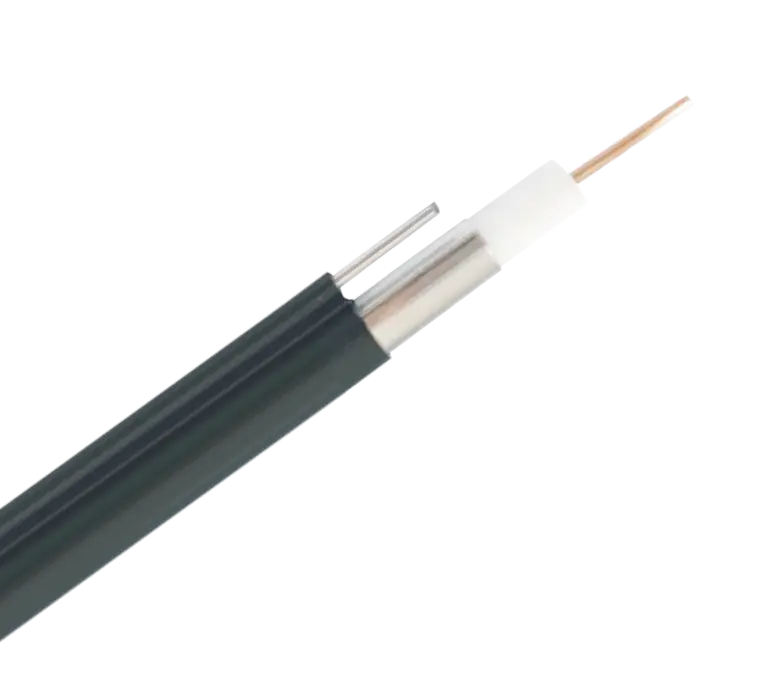
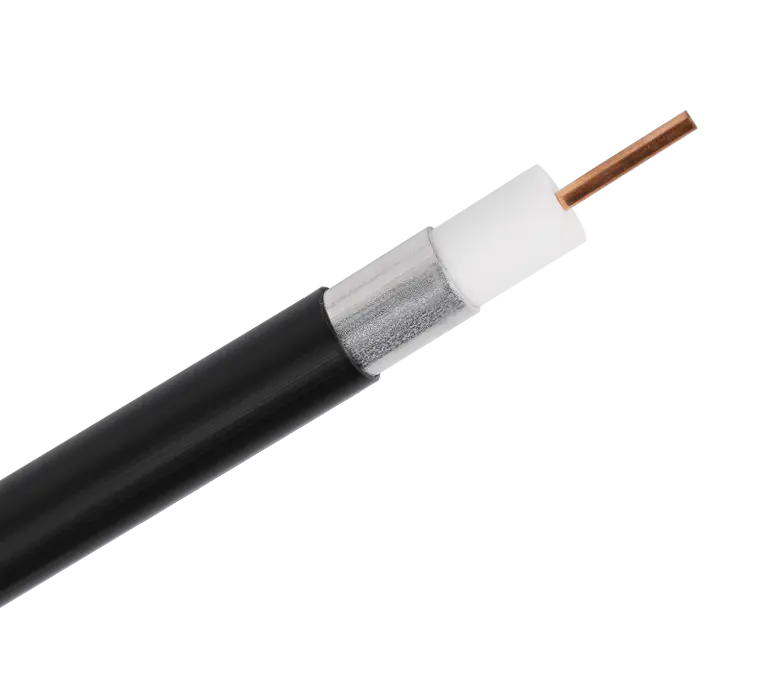
 浙公网安备33018502001191号
浙公网安备33018502001191号